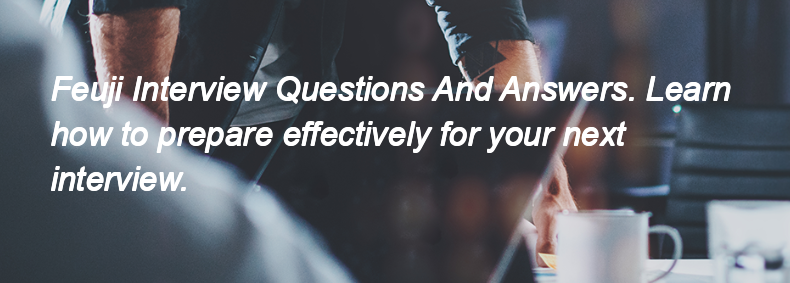Ques:- How do you handle missing data in a dataset
Asked In :-
Rock Solid Solutions, Protege Solutions, Ziffity Solutions, Toxsl Technologies, Cybage Software, WFM, Oodles Technologies, Sun Dew Solutions, Startup - Navya Network, LenDenClub,
Right Answer:
To handle missing data in a dataset, you can use the following methods:
1. **Remove Rows/Columns**: Delete rows or columns with missing values if they are not significant.
2. **Imputation**: Fill in missing values using techniques like mean, median, mode, or more advanced methods like KNN or regression.
3. **Flagging**: Create a new column to indicate missing values for analysis.
4. **Predictive Modeling**: Use algorithms to predict and fill in missing values based on other data.
5. **Leave as Is**: In some cases, you may choose to leave missing values if they are meaningful for analysis.
To handle missing data in a dataset, you can use the following methods:
1. **Remove Rows/Columns**: Delete rows or columns with missing values if they are not significant.
2. **Imputation**: Fill in missing values using techniques like mean, median, mode, or more advanced methods like KNN or regression.
3. **Flagging**: Create a new column to indicate missing values for analysis.
4. **Predictive Modeling**: Use algorithms to predict and fill in missing values based on other data.
5. **Leave as Is**: In some cases, you may choose to leave missing values if they are meaningful for analysis.

